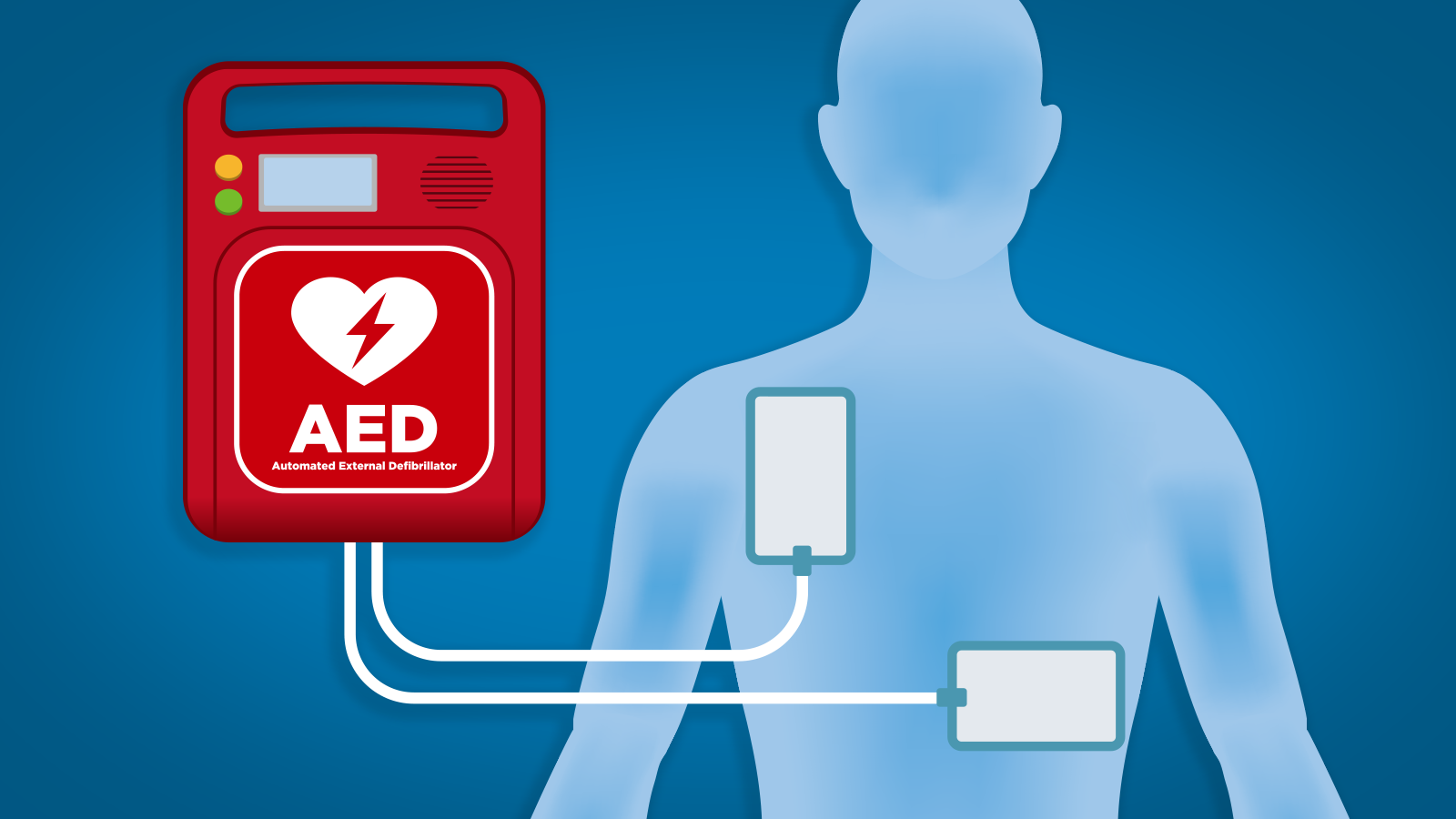
- For Immediate Release:
Today, the U.S. Food and Drug Administration issued the final guidance, “Breast Implants – Certain Labeling Recommendations to Improve Patient Communication,” as part of the agency’s effort to help improve the information available to patients and health care professionals about the risks of breast implants. The draft guidance of this document was issued in 2019.
“As new information has become available about the risks and complications of breast implants, it is critical that women have access to information they need to make informed decisions,” said Binita Ashar, M.D., Director of the Office of Surgical and Infection Control Devices in the Center for Devices and Radiological Health. “After working with stakeholders, including patients, today we are recommending format and content changes to breast implant labeling so the information is presented in an easy to understand way. It is important that patients discuss the risks and benefits of breast implants with their health care provider and we hope that these labeling recommendations will help in facilitating these discussions.”
Over the past several years, the FDA has received new information pertaining to risks associated with breast implants, including breast implant-associated anaplastic large cell lymphoma (BIA-ALCL) and systemic symptoms commonly referred to as breast implant illness (BII) that some patients attribute to their implants, which can include fatigue, “brain fog,” muscle or joint pain and rash.
The FDA has taken a number of steps to better understand and address risks associated with breast implants, including convening the General and Plastic Surgery Devices Advisory Panel in 2019 to discuss the long-term benefits and risks of breast implants indicated for breast augmentation and reconstruction. The meeting covered a range of important topics on breast implant safety, including characterization of BIA-ALCL incidence and risk factors, and methods for assessing systemic symptoms. The Panel gave recommendations on these topics, including recommending that FDA require a boxed warning in breast implant labeling and a standardized checklist as part of the informed consent process, revise the MRI screening recommendations for silent ruptures of silicone gel-filled breast implants and provide greater transparency regarding materials present in breast implants. The Panel also discussed the role of the patient device card in providing important information about the patient’s breast implant.
The final guidance issued today provides recommendations for manufacturers to incorporate a boxed warning and a patient decision checklist into the labeling for breast implants to better ensure certain information is received and understood by patients. This guidance also recommends updated and additional labeling information, including updates to the silicone gel-filled breast implant rupture screening recommendations, inclusion of an easy-to-find description of materials and provision of patient device cards that were recommended at the March 2019 Panel meeting. These labeling recommendations are intended to enhance, but not replace, discussions between doctors and patients to talk about the benefits and risks of breast implants that relate to individual patients.
In addition to today’s recommendations, the FDA has also updated the guidance, “Saline, Silicone Gel, and Alternative Breast Implants” to provide consistency with these labeling recommendations. The FDA will continue to work with professional medical societies, patient advocacy groups and women’s health organizations to help ensure that risk information about these devices is disseminated to patients.
The FDA, an agency within the U.S. Department of Health and Human Services, protects the public health by assuring the safety, effectiveness, and security of human and veterinary drugs, vaccines and other biological products for human use, and medical devices. The agency also is responsible for the safety and security of our nation’s food supply, cosmetics, dietary supplements, products that give off electronic radiation, and for regulating tobacco products.
###
Related Information
Source: FDA
This webpage is made available by China PR News

.png)




